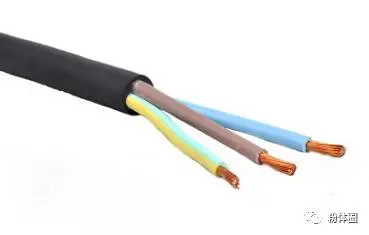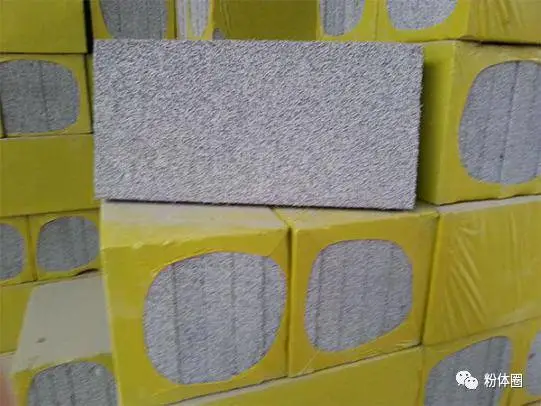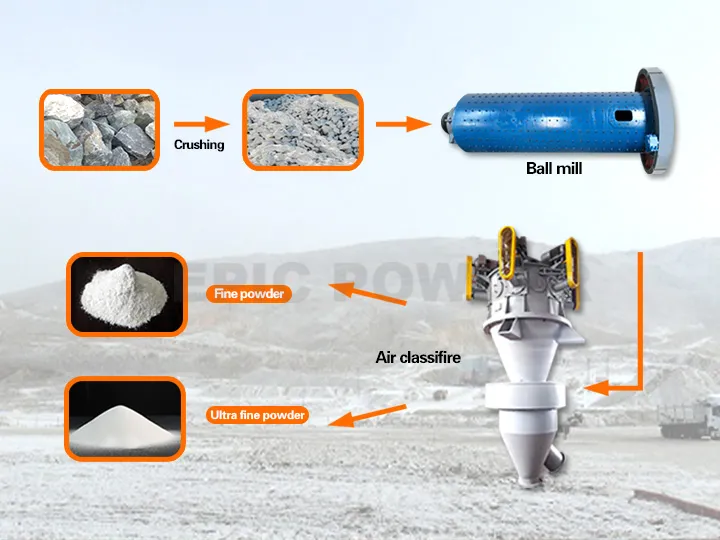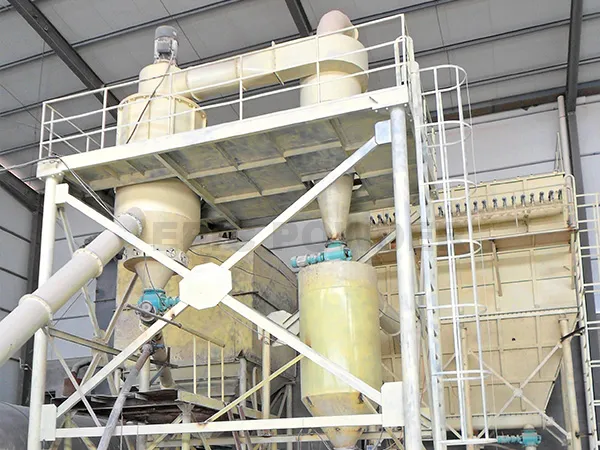Quartz powder is tough and durable. It is also chemically stable. It is a silicate mineral with the main part being SiO2. It is also known as silica powder. The color of quartz sand is milky white or colorless and translucent, as shown in Figure 1. Its chemical, thermal, and mechanical properties exhibit clear anisotropy. It has a melting point of 1650°C. Miners extract quartz ore stones from mines. They process them to obtain quartz powder.
In addition to glass, ceramics, and plates, what new fields can quartz powder be applied to?
Prestressed High-Strength Concrete, PHC
Quartz powder has high strength, good flow, and good seasoning quality. It has been widely used in pile foundation engineering. This is because it has these advantages over other materials in those conditions. The most common one is C80 high-strength concrete pipe piles. The main raw materials are quartz powder and mineral powder. Fly ash is also used. Different proportions lead to different pipe pile strengths. Hu Yanyan studied the performance of PHC pipe pile concrete. It was made by autoclaving with three admixtures. These included mechanical properties and the force bonding fillers. The results show that adding just quartz powder to cement has the biggest effect. It improves compressive strength and axial strength by 10% to 30%.
Cable jacket
Liang Xiaoli invented a method for preparing high-strength and flame-retardant cable sheath materials. The sheath materials’ raw materials are quartz powder, flame retardants, natural rubber, and more. This sheath material resists flames well, is low in toxicity and corrosion, and has good electrical properties. It also has good softness, strong impact resistance, and high cross-linking density. It also has high tensile strength and good physical and mechanical properties. It is stable and has a long service life and other advantages.

Pressure sensing medium
Zeng Zhengtao et al. The company disclosed a patent. It is for a method to mold thick-walled tees with hot pressing. The method compensates for axial shrinkage. It uses quartz powder as a pressure sensor. In the patent, quartz powder is used as a filler and the size is 100~140 mesh. This invention is easy to operate and requires few processes. , high efficiency, uniform product quality and low cost.
Fused ceramic
Hou Qinglin et al. disclosed a method for using quartz powder to prepare fused ceramics. This invention uses the product of heating sugar as a carbon source. It does so in a nitrogen atmosphere. The heating drives a reaction on the surface of the quartz powder. Sintering aids are spontaneously formed to obtain functionalized fused quartz powder. This quartz powder is used to prepare and mold fused ceramics. It is more evenly spread in the mix and slows crystallization a bit. This method is simple to use and stable. It has low energy use. It is cheap and eco-friendly. The raw materials are cheap and easy to get. It is good for big-scale production.
AMOLED substrate glass
Baihang disclosed a process for making AMOLED substrate glass from quartz powder. The steps are: (1) mill the raw quartz ore. (2) Pickle after magnetic separation, then dry. (3) Water quench after calcination. (4) After three-stage magnetic separation, classify again. Collect quartz sand powder with a size of 160~220 mesh. Use a centrifuge to dehydrate it. After drying, use a magnetic separator to get quartz powder. Use it for AMOLED glass.
Active conductive powder concrete
Han Baoguo et al. invented a conductive active powder concrete. The main parts are cement, fly ash, silica fume, quartz sand, and chopped extra-fine stainless steel microwires. They also use water and a water-reducing agent. This method uses low-dosage stainless steel microfibers. Wire can greatly reduce the resistivity of reactive powder concrete and make it self-sensing. The production process is simple and the production cost is low. It can also solve the problem of easy exposure of steel fibers in thin plate components. It is especially suitable for snow melting, ice melting and electromagnetic shielding. Or absorption and other special structural areas.
Corrosion-resistant insulation board plastering anti-crack mortar
Yu Xiangdong and others used raw materials like quartz sand and cement. They used them to make a corrosion-resistant insulation board. They are also used for anti-cracking mortar for plastering. They used fly ash, silica fume, gray calcium, a water reducer, and admixtures. The board resists corrosion. It has good insulation. It is highly resistant to corrosion and has strong adhesion. The preparation process is simple, convenient, and fast. It has high efficiency and a high recycling rate for resources. It saves energy and reduces emissions. It has low production costs and high economic benefits.


